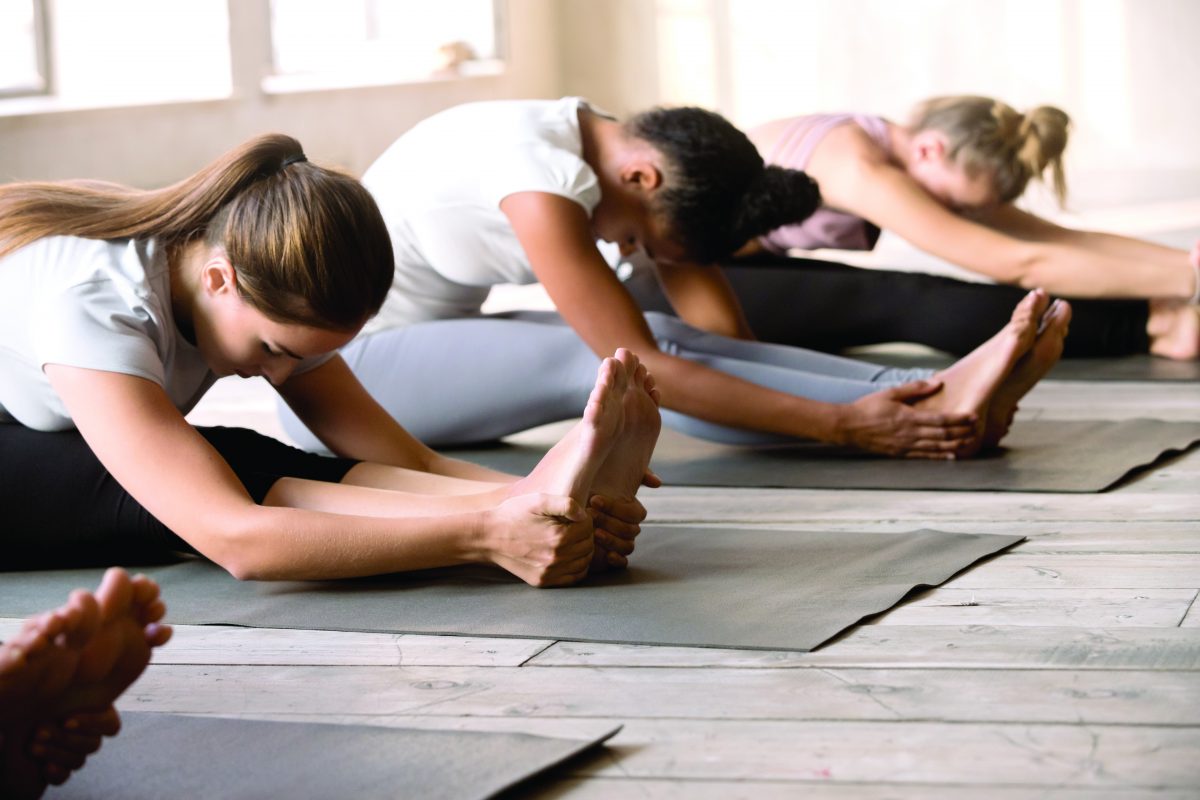By Robyn Synnott
As a pelvic health physiotherapist, I deal with concerns about the pelvis every day. It’s the bottom of our trunk and the stable base that allows for the movement of our legs and arms. It’s the very foundation of our body and yet, until very recently, we haven’t realized its tremendous impact. Pelvic health is the source of a lot of new health trends, and for good reason.
Here’s why I think you should care about your pelvic health:
Stress
Our pelvic floor muscles are the first muscles to automatically contract when our body goes into “fight or flight” and sympathetic nervous system activation. This happens when our body is under actual or perceived threat. This could be because of a physical danger such as injury, illness, constant activity, or lack of sleep; or it could be because of emotional threat such as worry, financial stresses, relationship concerns, or work stress. If most of our population is operating in “fight or flight”, then most of our population also has an overactive pelvic floor. Interestingly, the second muscle to automatically contract under threat is our jaw!
Core strength and flexibility
Our pelvic floor is the base of our deep core which is mainly composed of the following muscles:
Diaphragm – a dome-like muscle at the bottom of our ribs that we use to breath, especially when we are in a relaxed and safe situation. It moves down with our inhale and up with our exhale.
Transverse abdominus – a girdle-like muscle around our abdomen that expands on our inhale and draws inward on our exhale.
Pelvic floor muscles – a bowl-like muscle at the base of our pelvis that should ideally expand and lower on our inhale and contract and raise on our exhale. This movement happens when we are breathing in a relaxed way, with our diaphragm.
Our core is strongest when we allow for the movement of these muscles, not when we constantly brace or contract these muscles throughout movement.
Pain
Dysfunction of our pelvic floor muscles, especially as a result of tension, has been connected to pain in our hips, pubic bone, SI (sacro-iliac) joints, tailbone (coccyx), and low back. In healthcare, there used to be a strong message that if you had low back pain, you needed to strengthen and brace your core to “protect” and “stabilize” your back. Some very interesting research is completely changing the way we think about that. Specifically, a recent study out of McMaster found that a majority of women that had low back pain also had a sensitized and tense pelvic floor. Our experience of pain is very connected to how much our muscles and our nervous system are being overactive and sensitized.
Bowel and bladder function
Our pelvic floor helps to hold in, and let out, pee and poop. When it isn’t working properly, we might experience some of the following:
Incontinence – leaking pee, poop, or gas.
Constipation – in pelvic health physiotherapy, this is understood as going less than once a day or having to push or strain when going poop.
Frequency or urgency – having to go to the bathroom much more frequently or urgently than usual. This might appear as irritable bowel syndrome or as going pee more often than every 2.5 hours.
Sex
Finally, our pelvic floor muscles have a lot to do with sex. Too much tension in our muscles or a sensitized nervous system can result in pain during sex. A lack of feeling, sensation, or pleasure can also be related to dysfunction of our pelvic floor muscles and connective tissues.
Our pelvic floor has an impact on so many important parts of our lives, and these are just a few. If you have any concerns about your pelvic health, or you’re just curious to learn more, visit a pelvic health physiotherapist. We can provide evidence-based, effective solutions for pelvic health concerns.
Robyn Synnott is a pelvic health and orthopedic physiotherapist, yoga teacher, mom of a 2 year old, garden lover, and she lives in Burlington. www.yourebbandflow.com
You can find listings of qualified pelvic health physiotherapists here: https://pelvichealthsolutions.ca/find-a-health-care-professional/ontario-physiotherapists/
Sources:
van der Velde, J and Everaerd W, 2001
Dufour S, et al 2018

